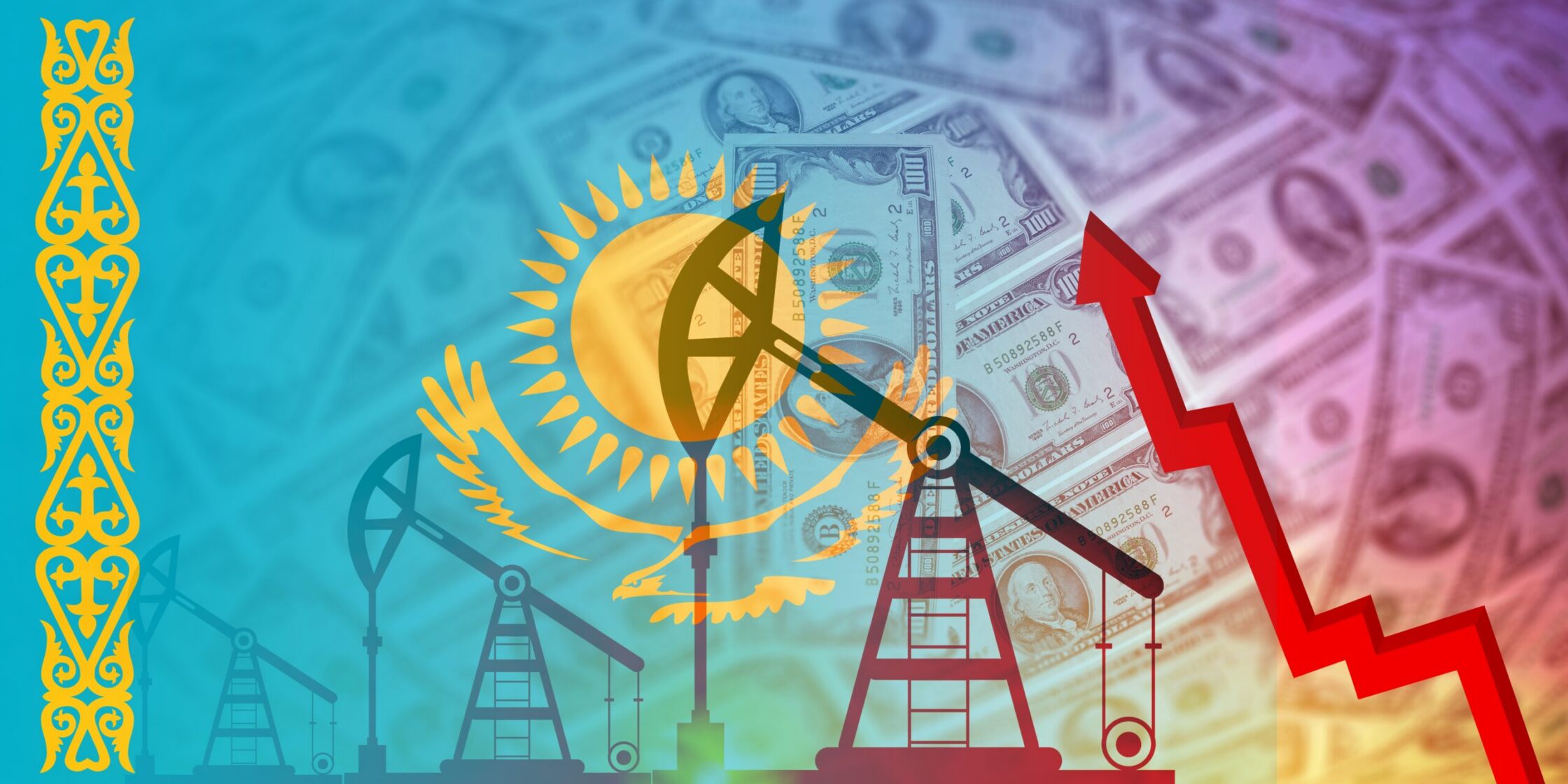Kazakhstan’s industrial sector demonstrated growth of 6.4% year-on-year in Jan. –May, largely driven by the mining and manufacturing sectors.
The mining sector, a key contributor to GDP (approximately 12%), expanded by 7.8% year-over-year, primarily due to increased oil production at the Tengiz field. This not only boosted related outputs such as diesel, gas, fuel oil, and petroleum coke, but also drove wholesale trade and transport activity, making oil a primary factor in accelerating GDP growth during the period, reported the analytical center of the Halyk Finance investment bank on June 26.
Crude oil production rose 10.2%, coal by 11.3%, and metal ores by 0.8%. With mining accounting for 45.5% of total industrial output, this growth had a widespread economic impact. However, the momentum is expected to slow in the coming months with the completion of the Tengiz expansion project and potential declines in global oil prices, if the geopolitical conflict between Iran and Israel eases.
The manufacturing sector, which contributes 11.9% to GDP, grew by 6% year-over-year. Key drivers included food production (+10.5%), mechanical engineering (+10.5%), and ferrous metallurgy (+3.4%). Growth was slightly slowed by a 2.1% decrease in the production of basic precious and non-ferrous metals.
The energy sector experienced minimal growth (+0.1%), a sharp slowdown compared to the previous year, primarily due to a decline in the value of electricity transmission and distribution, despite a 2.9% increase in natural output. The water supply and waste management sector, which fell by 0.1% year-on-year in Jan. –May in 2024, continued to decline, dropping by 6.2% in the same period this year. This was mainly due to drops in water treatment and waste collection volumes.
Regionally, 17 out of Kazakhstan’s territories showed industrial growth. Particularly notable were the Zhambyl and Zhetisu Regions and Shymkent city.



